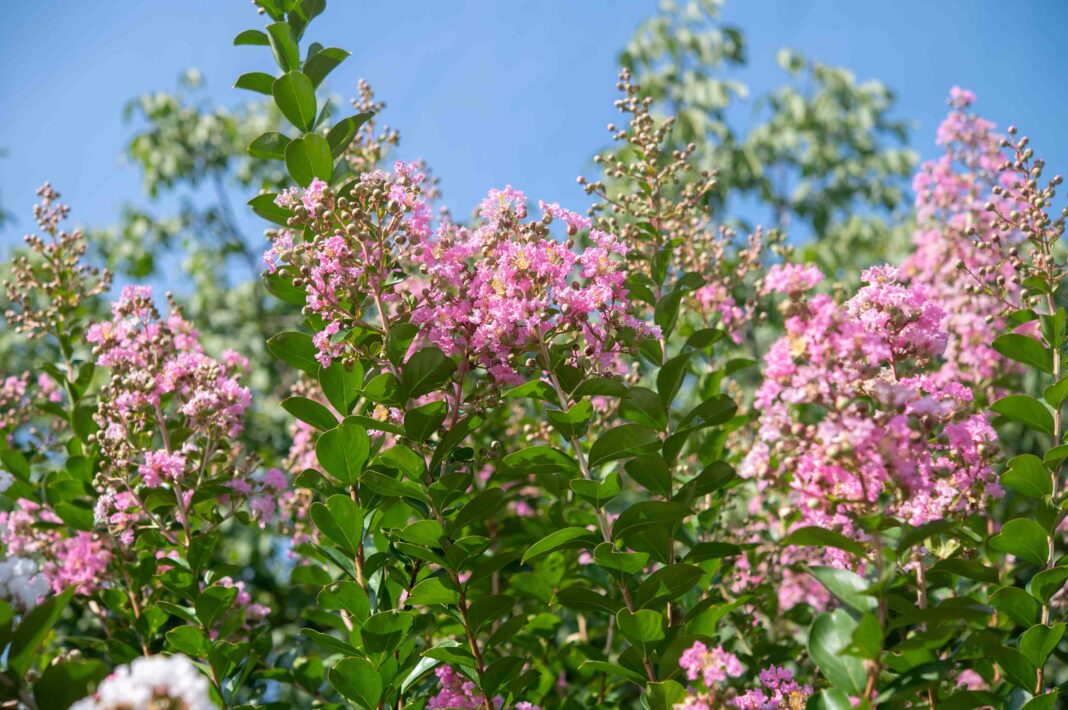4 Reasons Your Crepe Myrtle Is Turning Brown and How to Fix It
If you’ve noticed your crepe myrtle turning brown, it can be concerning as these beautiful flowering trees are prized for their vibrant colors and graceful appearance. There are several reasons why your crepe myrtle may be browning, but fear not – there are solutions to help bring your tree back to health. In this article, a gardening pro will discuss the common causes of crepe myrtle browning and how you can fix it.
1. Lack of Water
One of the most common reasons for crepe myrtle browning is a lack of water. Crepe myrtles require consistent moisture to thrive, especially during hot summer months. If your tree is not receiving an adequate amount of water, its leaves may begin to turn brown and dry out.
To fix this issue, be sure to water your crepe myrtle regularly, especially during periods of drought. Aim to water deeply at the base of the tree, ensuring the water reaches the root system. Adding a layer of mulch around the base of the tree can also help retain moisture and prevent browning.
2. Fungal Infections
Fungal infections can also cause crepe myrtle browning. Common fungal diseases that affect crepe myrtles include powdery mildew, Cercospora leaf spot, and sooty mold. These diseases can manifest as brown spots on the leaves, blackening of the branches, and overall decline in the tree’s health.
To combat fungal infections, it is important to maintain good air circulation around the tree and avoid overhead watering. Prune away infected branches and leaves, and consider applying a fungicide to help control the spread of the disease. Be sure to follow the instructions on the fungicide label carefully.
3. Nutrient Deficiency
If your crepe myrtle is turning brown, it may be suffering from a nutrient deficiency. Crepe myrtles require certain nutrients, such as nitrogen, phosphorus, and potassium, to thrive and produce healthy foliage. If these nutrients are lacking in the soil, the tree may exhibit signs of nutrient deficiency, such as browning leaves and stunted growth.
To address a nutrient deficiency, consider conducting a soil test to determine which nutrients are lacking. Once you have identified the specific nutrient deficiency, you can amend the soil with the appropriate fertilizer or nutrient supplement. Be sure to follow the recommendations on the fertilizer package to avoid over-fertilization, which can harm the tree.
4. Insect Infestation
Insect infestations can also cause crepe myrtle browning. Common pests that affect crepe myrtles include aphids, scale insects, and spider mites. These pests can feed on the leaves and sap of the tree, causing damage and discoloration.
To combat insect infestations, inspect your crepe myrtle regularly for signs of pests, such as webbing, sticky residue, or distorted leaves. Treat infestations promptly with insecticidal soap or horticultural oil, following the instructions on the product label. Pruning away heavily infested branches can also help control the spread of pests.
Conclusion
If your crepe myrtle is turning brown, it is important to identify the underlying cause and take appropriate action to restore the tree to health. By addressing issues such as lack of water, fungal infections, nutrient deficiency, and insect infestations, you can help your crepe myrtle regain its vibrant color and beauty.
Remember to water your tree regularly, maintain good air circulation, conduct soil tests, and monitor for signs of pests to ensure the continued health and vitality of your crepe myrtle. With proper care and attention, your crepe myrtle can thrive and delight you with its colorful blooms for years to come.
FAQs
Q: How often should I water my crepe myrtle?
A: Crepe myrtles should be watered deeply at least once a week, especially during hot, dry weather. Be sure to water at the base of the tree to ensure the roots receive an adequate amount of moisture.
Q: What is the best time to fertilize my crepe myrtle?
A: Crepe myrtles can be fertilized in early spring before new growth appears. Use a balanced fertilizer with a slow-release formula to provide the tree with essential nutrients throughout the growing season.
Q: How can I prevent insect infestations on my crepe myrtle?
A: To prevent insect infestations, maintain good garden hygiene by removing debris and dead plant material from around the base of the tree. Inspect your crepe myrtle regularly for signs of pests and treat infestations promptly to prevent damage.




